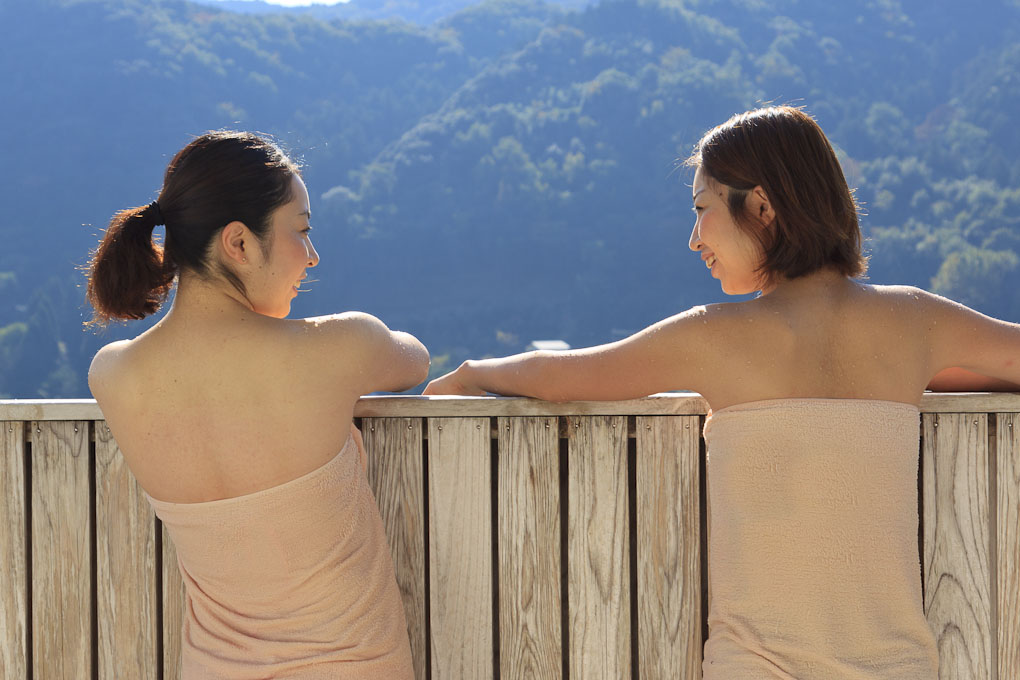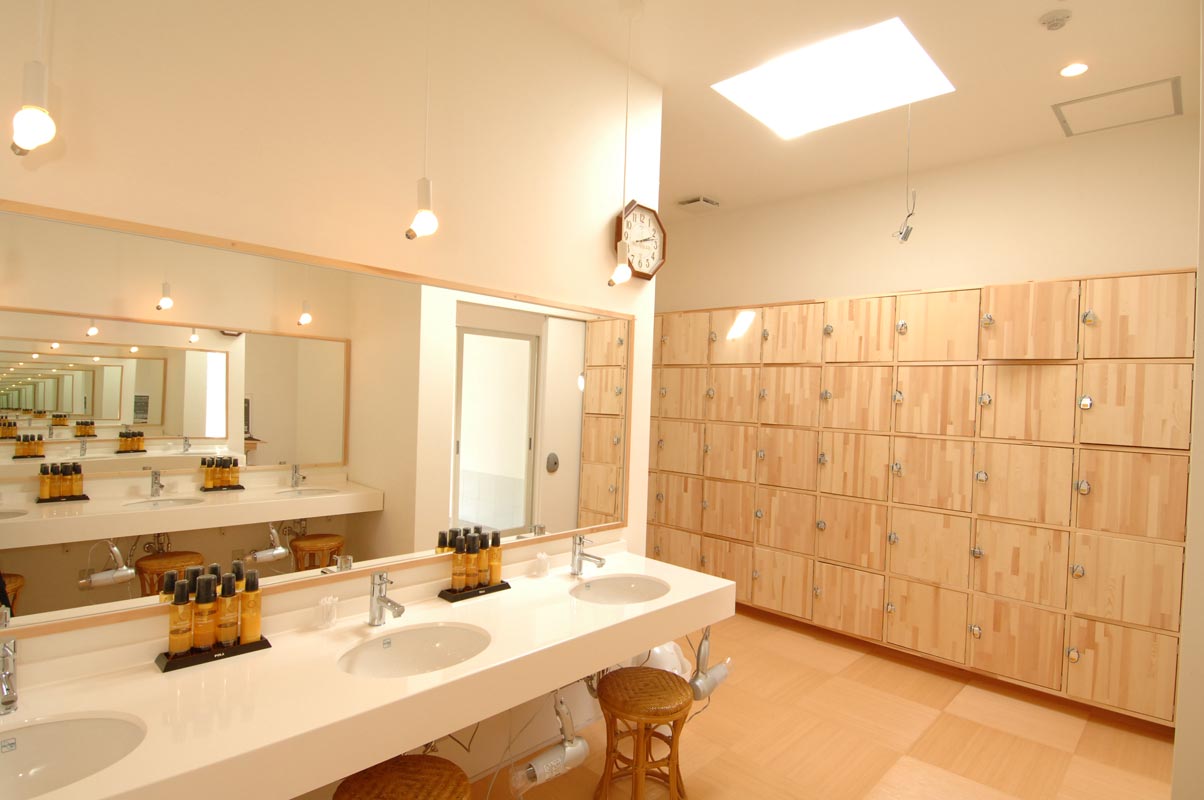ONSEN
ABOUT ONSENS
After a long stressful day, relaxing in a hot onsen with steam-filled air, then drinking a cool beer... this supreme bliss for Japanese people. Yet, on top of being an excellent way to relax, onsens’ healing properties have been common knowledge in Japan for centuries. As such, visiting onsens is a popular activity in Japan.
General Informations
Not every hot water source can an onsen. In fact, what makes an onsen, an onsen, has been strictly established by the ‘’Onsen Law’’ of 1948. Indeed, the mineral water that flows from the earth and its steam must conform to multiple criterias. For example, the water cannot be under 25 degrees as it gushes from the ground, and its steam must have specific mineral properties. Additionally, the mineral and chemical content of the water cannot have been altered (no chemicals added). In other words, everything must be natural.
That said, onsens are categorized in 4 different groups, depending on the water temperature?:
- Hiyakousen, or ‘’cold water well,’’ where the water is under 25 degrees when gushing out of the ground. As such, technically they are not real onsens, as defined by the onsen law. (Not a Hot Spring, but still a spring!)
- Teionsen, or ‘’low temperature onsen,’’ where the water is between 25 and 34 degrees.
- Onsen, ‘’Hot Spring,’’ between 34 and 42 degrees.
- Kouonsen, ou ‘’High Temperature onsen,’’ where the water is above 42 degrees.
There are more ways, however, by which you can categorize onsens, such as by the water’s acidity level for example.
About bathing in the Onsen
People in good health can bathe 2-3 times a day. However it is not recommended for the elderly, children, and people with weaker health to bathe in an onsen more than once or twice a day.
If the onsen water is very warm, the recommended bathing time is 10 minutes. But if the water is cooler, you can bathe up to 20-30 minutes.
Onsens are good for you health!
The most popular onsens in Japan are those in which the water is odorless and colorless. Baths where the temperature is below 25 degrees, less harsh on the body, are recommended for the elderly, and for people recovering from injuries. Onsens have healing qualities?: bathing in an onsen is good for people with high blood pressure, hardened arteries, or nevrosis. Onsens can also help relieve muscular pain, joint pain, bruises, hemorroids, fatigue and insomnia, etc.
The interior, designed in line with the concepts of Zen Buddhism, deftly fuses modern architecture with brightness and sense of freshness?with the ambiance of an ancient temple. The water in the onsen at Zen no Yu comes from natural hot springs. Because it is rich in?minerals, it has therapeutic benefits. There is also a fountain that provides this same mineral-rich water to benefit the body on the inside.
Very pure hot spring without neither heating nor adding waters with open air hot spring and private bath facilities. In our outdoor onsen,you can relax and enjoy the view of the mountainous landscape.
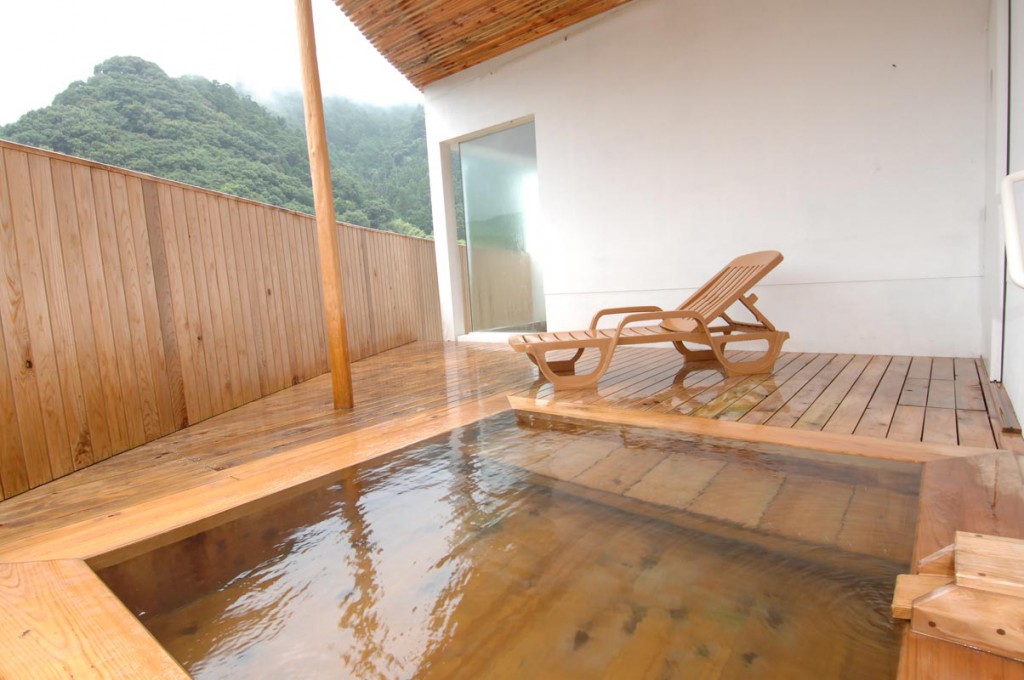

INDOOR SAUNA
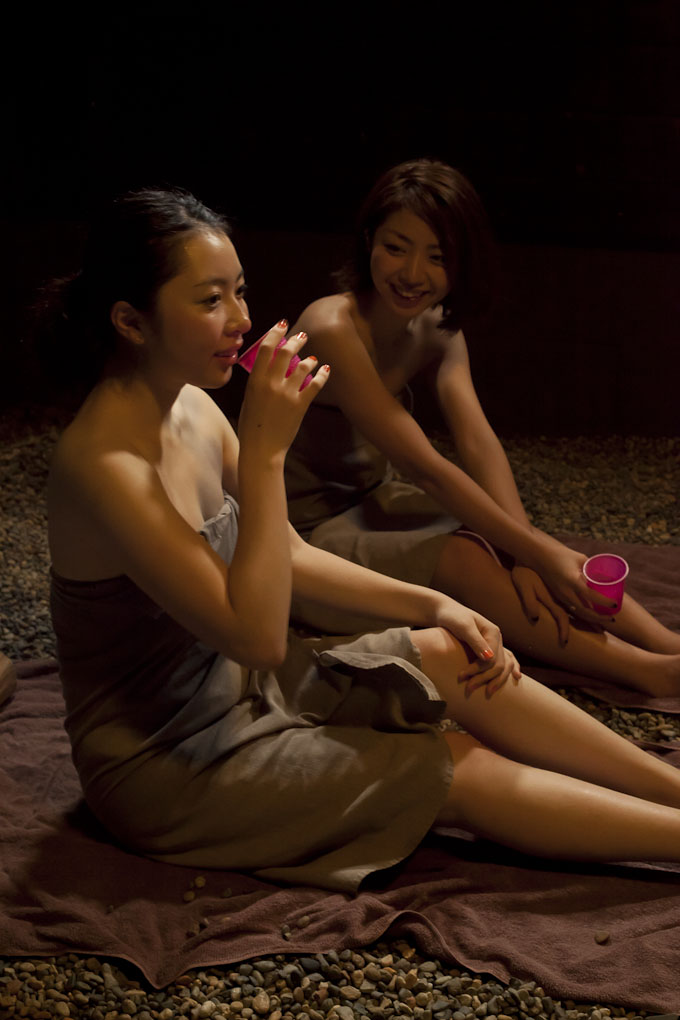
The hotel also includes a sauna filled with hot stones from hot springs such as?tourmaline and other platonic rocks. The stone-covered ground of the sauna?gives off a constant heat, and the room is wide enough to rest in. Protective?covering shelters the body from adiation and negative ions, so you can relax?and your skin will appear nicer and healthier. Moreover, brain waves change for a?spiritual effect too.
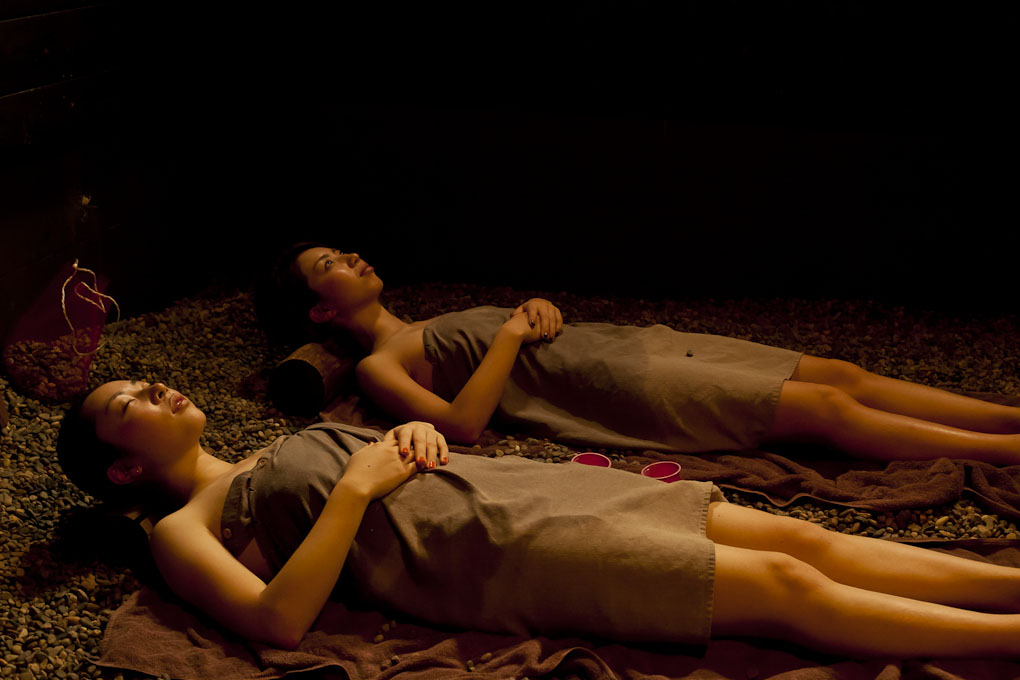
ENTERING AN ONSEN/SAUNA
To many foreigners, onsens are unusual things. So how do you use one? Before entering the onsen, you need to bathe yourself. After?that, you can relax in the onsen or sauna. Keep in mind that wearing clothing in an onsen (including a bathing suit) is usually prohibited,
so you would need to keep them in the designated locker room.
